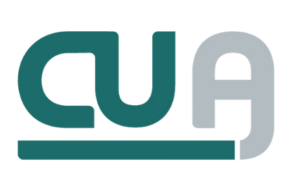Software Licensing
SMBs face many, if not more challenges than enterprise size businesses and have less resources to take on these challenges. As SMBs take greater advantage of technology to transform and grow their businesses they often incur another challenge that provides opportunity but is often fraught with peril. That challenge is the complex world of software licensing.
Over the years as technology has evolved from big mainframe computers to client server and network-based applications and today to cloud based applications software companies have evolved their pricing and licensing policies.
Making assumptions about how software licensing works or far worse ignoring software licensing can destroy an SMB, sucking up financial resources in fines, penalties, and unplanned licensing costs. Just as bad it can damage a company’s reputation exposing illegal license use or piracy.
The upside opportunities in software licensing are in taking advantage of software companies’ options for volume licensing, enterprise licensing and the world of open source. SMBs should make sure their CIO understands software licensing as it applies to your business and take all necessary steps to stay in compliance. Many 3rd party firms can provide guidance here including the software companies themselves. IT Ally™ is ready to assist you getting and staying on top of software licensing compliance.
Here are five key points about software licensing:
1. Look into volume licenses or site licenses whenever possible. These arrangements offer lower prices and often make administration tasks easier.
2. Know what “free” means. In the context of software licensing, free doesn’t refer to price. It means free in the sense of “free speech” and refers to the rights and restrictions imposed on using software.
3. Free or open-source software has fewer restrictions. If a program is released under a free software license or an open-source license, you generally don’t have to ask anyone’s permission to use it.
4. Read the End User License Agreement (EULA). It’s always a good idea to review these agreements, but it’s especially important to do so for one-off or small software purchases from less well-known companies. The EULA spells out what you can and can’t do with software. It covers everything from how many copies you can install to what the software company can do with your data and what additional software the company can install on your computer.
5. You may get secondary or home use rights. You may be able to install copies of the software on more than one computer, with certain restrictions. For example, you may be able to install a copy of the software on a home or portable computer, as long as it is not used at the same time as the software is used on your primary computer.
[This article was originally published on itallyllc.com.]


